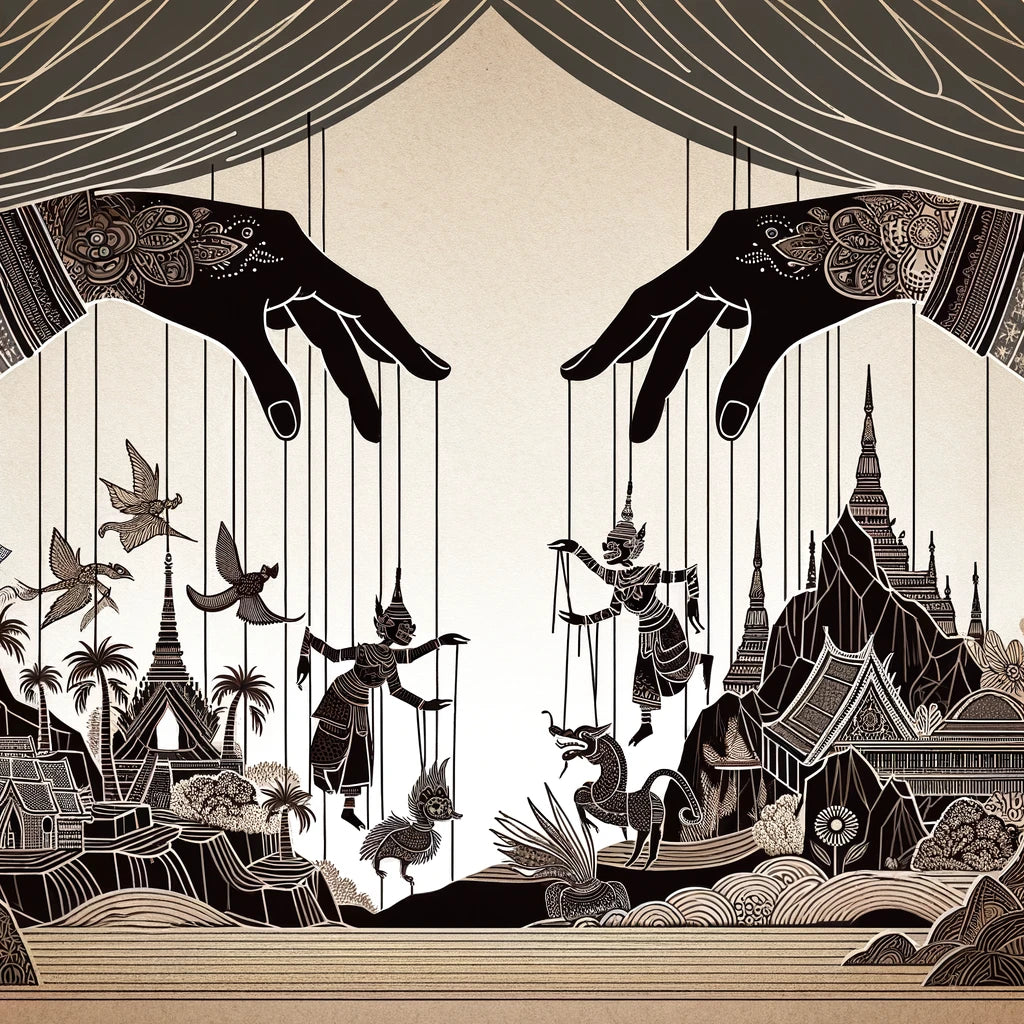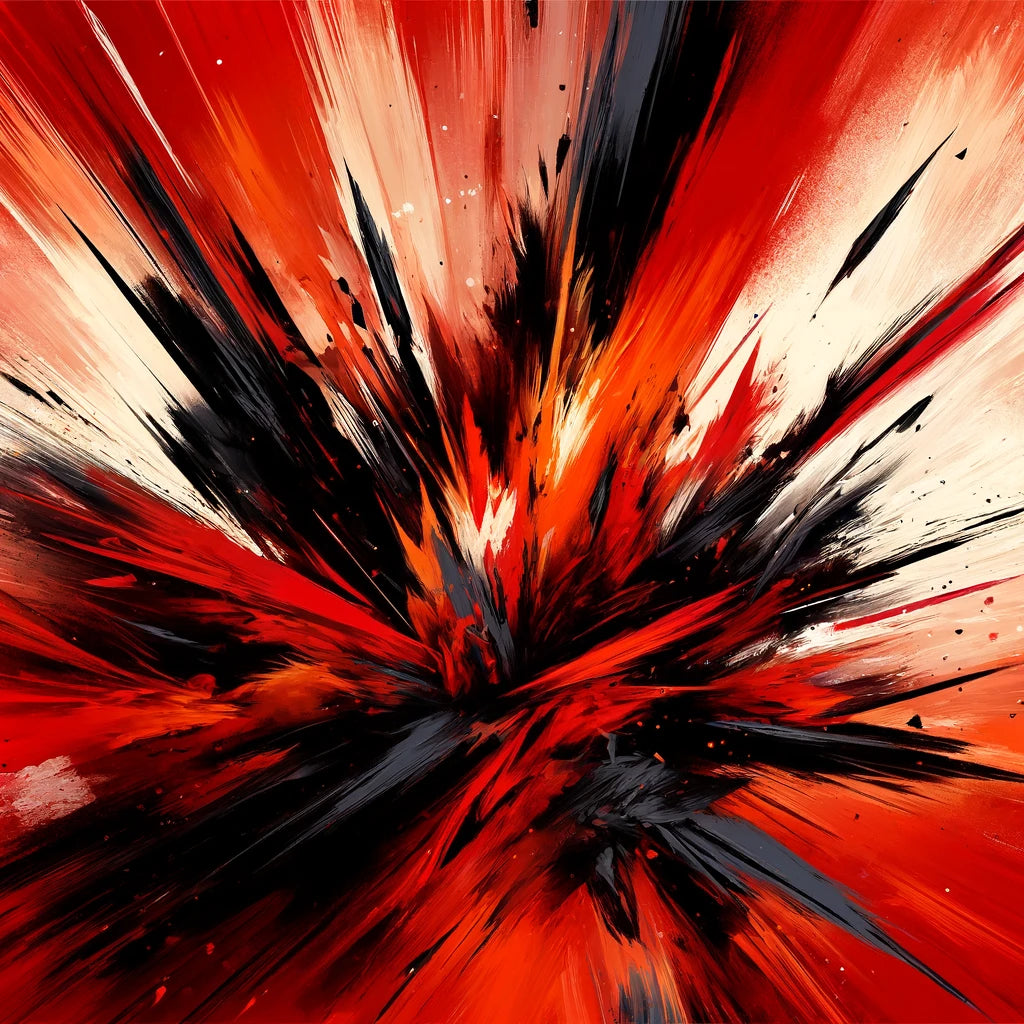The Origins of Digital Canvas
Digital art has a relatively short yet vibrant history, emerging as a distinct form in the late 20th century. The first known use of a computer for art dates back to the 1960s when artists and engineers began to explore the potential of technology in creating and manipulating visual forms. Early pioneers such as Harold Cohen and Frieder Nake explored algorithmic art, setting the stage for future digital artists. The evolution of digital art was propelled by advances in computer technology, allowing artists to create complex images and animations that were previously unimaginable.
Culture in Code
Digital art has not only revolutionised the way artists create, but has also influenced cultural perceptions of art itself. It blurs the lines between traditional disciplines, integrating elements from painting, drawing, sculpture, and animation. This fusion has led to a dynamic new art culture where creativity is limited only by the artist's imagination and technical skill. In the realm of social commentary, digital art offers a unique platform for artists to address contemporary issues, using visual impact and global reach to provoke thought and conversation.
Milestones in Pixels
Significant milestones in digital art include the launch of Photoshop in 1988, which revolutionised photo editing and digital workflows. The 1990s saw the rise of digital installations, where artists like Jenny Holzer and Nam June Paik used LED technology and video art to display scrolling texts and engaging visuals in public spaces, merging technology with physical locations in thought-provoking ways. The turn of the millennium marked another pivotal moment for digital art, with the introduction of more sophisticated software and hardware. The widespread use of digital techniques in mainstream media, such as digital filmmaking and the digital animation boom, exemplified by studios like Pixar, further cemented digital art's role in contemporary culture. Additionally, the advent of online platforms in the 2000s transformed how digital art was distributed and consumed, making it an integral part of the global art scene.

Global Canvas
Digital art transcends geographic boundaries, connecting artists and audiences worldwide. With the advent of the internet, digital artworks can be shared and sold to an international audience with unprecedented ease. Platforms like DeviantArt, and later, Instagram and other social media, have democratised access to digital art, allowing artists from any background to share their work globally. Major events such as the Ars Electronica Festival in Austria and the Japan Media Arts Festival highlight the global nature of digital art, showcasing its wide appeal and diverse applications. These festivals not only celebrate digital art but also facilitate cross-cultural exchanges, bringing together creators from various countries to inspire and influence each other. The impact of digital art is also seen in educational spheres, where digital techniques are increasingly incorporated into art curriculums, preparing the next generation of artists for a digital-centric art world.
A Digital Influence
The impact of digital art on society is profound and multifaceted. It enables artists to engage with a broader audience about pressing issues such as politics, the environment, and human rights. The interactive nature of many digital art pieces encourages viewer participation, creating a two-way dialogue that can be both enlightening and transformative. Digital art often utilises multimedia elements and immersive technologies, like augmented reality (AR) and virtual reality (VR), to challenge viewers' perceptions and promote deeper understanding of complex subjects. This medium's ability to combine visual art with motion and interactivity makes it a powerful tool for storytelling and advocacy, allowing artists to convey messages in innovative and impactful ways.

Pixels at Home
Incorporating digital art at home is easier than ever and becoming increasingly popular among art enthusiasts looking to infuse their living spaces with a touch of modernity. Whether it's a digital frame that displays an ever-changing collection of digital paintings, or a dedicated screen for interactive installations, digital art can bring dynamic energy and contemporary elegance to any living space. For those looking to create a more personalised environment, programmable LEDs and projection mapping offer further possibilities, transforming ordinary rooms into immersive art experiences that can adapt to moods, events, or individual preferences.
Explore Our Collections
Explore our exclusive collections at Home Art Haven, featuring remarkable digital artworks perfect for any enthusiast. Our collections, such as Abstract Wall Art and Line Wall Art, showcase the best of digital art across various genres. Discover how these pieces can transform your home or office into a vibrant cultural space, reflecting the cutting-edge of art and technology. Each collection has been meticulously curated to ensure a diverse range of styles and themes, providing a comprehensive view of the digital art landscape. Whether you are drawn to surreal landscapes or abstract designs, our collections offer something unique for every taste.























